
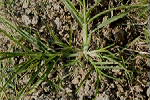
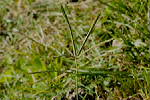
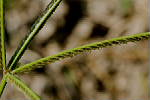
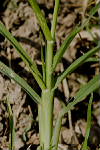

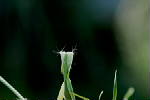
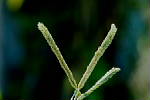
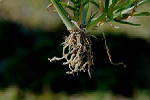
Botany Biology Phenology Ecology Distribution Agricultural importance Biological control Chemical control
| Description : | Terrestrial, tufted, erect herb, rooting at nodes. Roots fibrous, white or brown. Stems flat, glabrous. Nodes glabrous. Stipules absent. Leaves alternate spiral, sessile, linear, more than 2 cm long/wide, apex acute, base clasping, parallel-veined. Leaf sheath present. Ligule membranous. Flowers bisexual, grouped together in a terminal spike or panicle, sessile, green, petals not visible. Fruit a nut. |